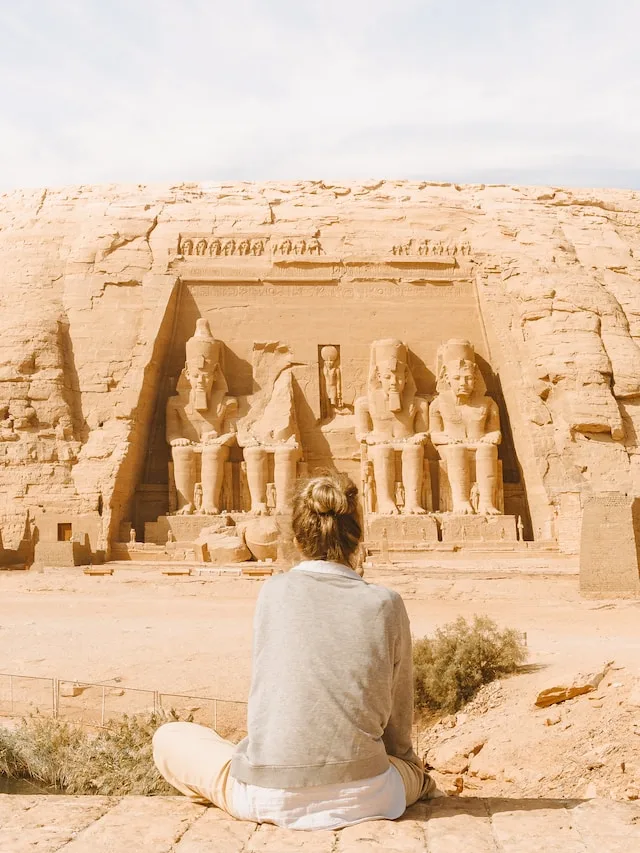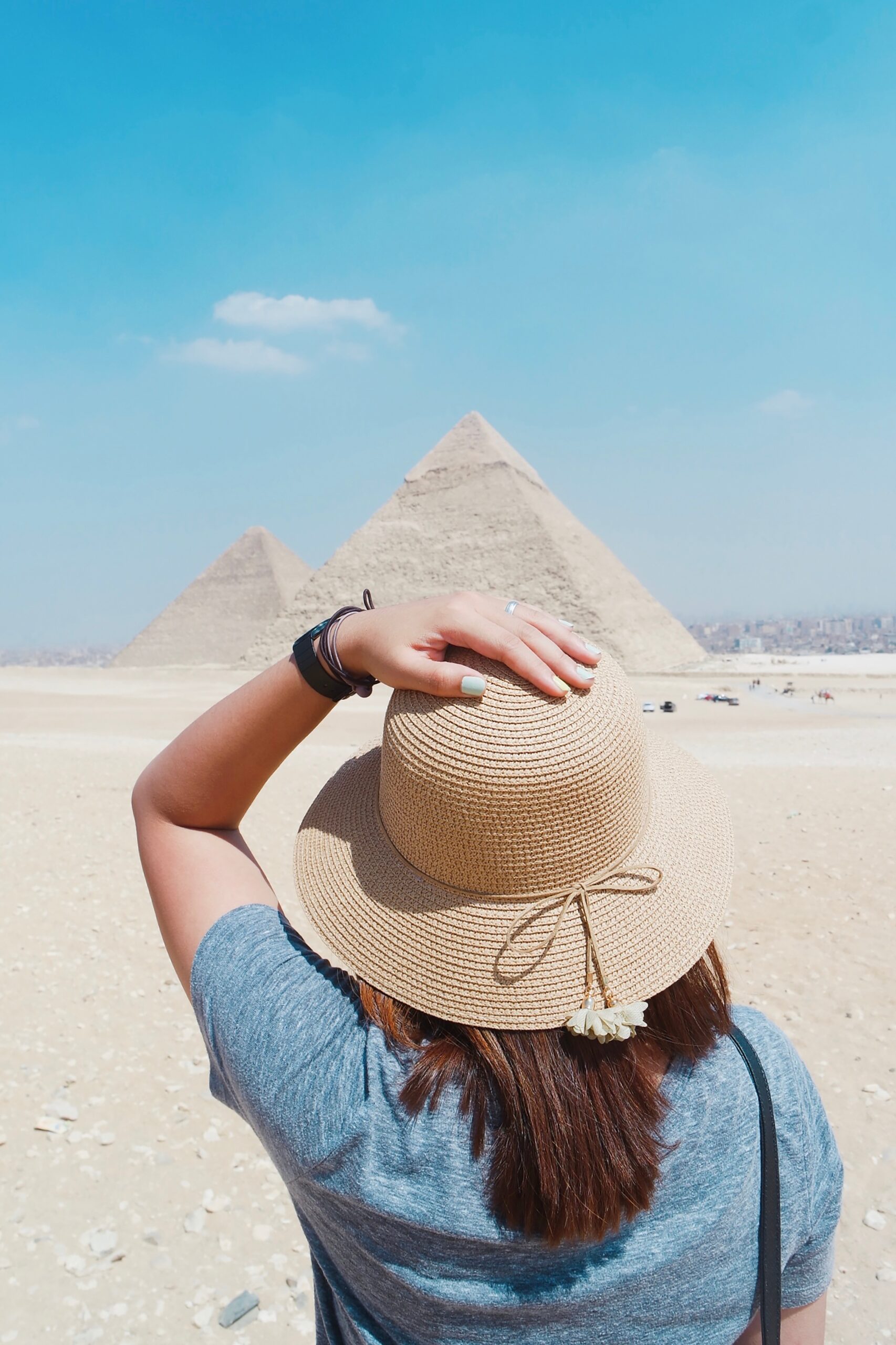Nile crocodiles are big, very violent African freshwater carnivores that are feared over most of their habitat. Every year, they swallow hundreds of human victims. People, with the exception of the Nubians, attempt to avoid them.
As you go around Nubaa, as it’s known locally, you’ll notice that everything has a deeper meaning. The town is densely packed with geometric structures.
Crocodiles are another distinctive element of Aswan’s Nubian Village. That’s correct. Historically, huge reptiles were kept as pets to keep invaders at bay… They are still used in households today, but mostly to entertain visitors. Along the way, we discovered that residents used to cover the entrance to their homes with flattened sand to check for signs of snakes and other creatures entering the house! Continue reading to find out where you may go to view a crocodile in the Nubian Village.
Ancient Egyptian beliefs continue to have an impact on Nubians. They believed that hanging a crocodile body over a home door would protect its inhabitants from the evil eye, which is why you’ll undoubtedly see crocodile mummified bodies all over the village’s doorways. Fish guys hunt crocodiles, load them with straw, and put them on their houses. They even draw crocodiles everywhere and may put one or two in a cage for tourists to photograph. The Nile crocodile was worshipped as an evil, envy, and war deity named Sobek during the reign of the pharaohs, which is why Nubians mummified the crocodile to avert evil and accepted it as a custom.
The residents of this Nubian village have learned how to nurture the massive reptiles from hatching, feed them properly, and enable tourists to take photos with them. A well-known tourist destination has created a fascinating new strategy.
Stop by whenever you like; the nice family inside will greet you, let you play with their pet crocodiles (some of which are taller than you and me), and give you tea. The implicit agreement here is that you must tip the homeowner. Nothing fancy, just a small gift of gratitude for your stay.









